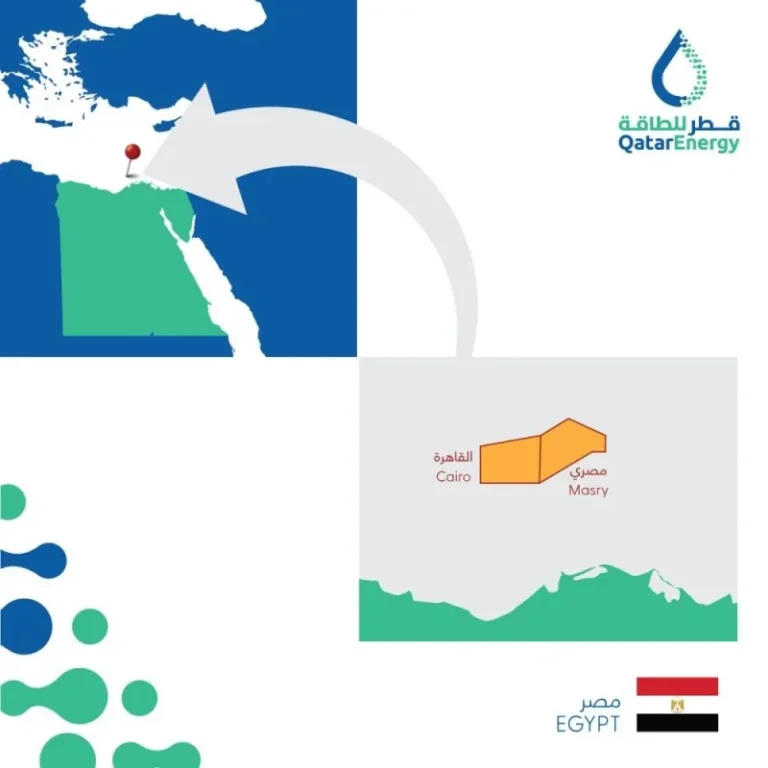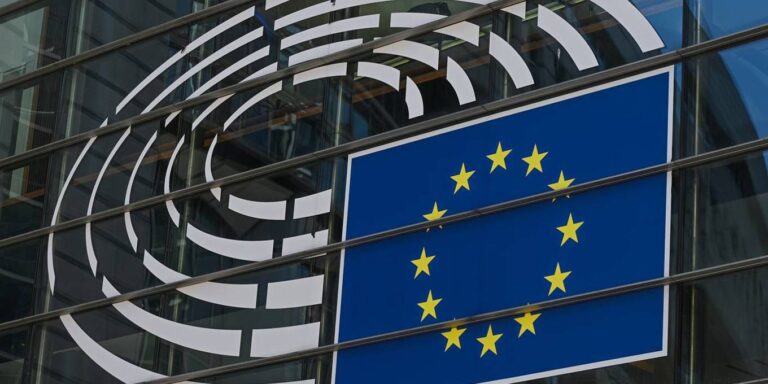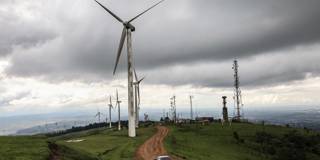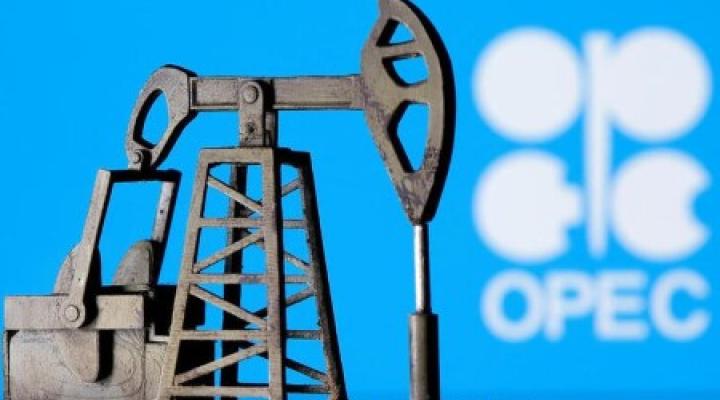Countries have different energy priorities due to factors like the availability of energy resources, geopolitics, the population size, environmental considerations and excessive use of energy, the needs of industry, and the availability of technology.
The most representative energy priorities among countries, including Greece, revolve around energy security, reduction of greenhouse gas emissions, affordability, and avoidance of deforestation. Construction of additional energy infrastructure and charging energy consumers with more taxes for excessive energy use constitute additional energy priorities. According to a market survey conducted by IPSOS in late 2022 that engaged 24 thousand people in 28 countries, the top energy priority was that of energy security followed by the development of cleaner energy sources, like wind and solar, and the affordability of energy.
The war on Ukraine brought energy security to the forefront of concerns for many regions, particularly Europe. Directly impacted countries, like Germany, have had to reactivate coal production and extend the operational lives of nuclear power plants to ensure efficient supply of energy to consumers.
Electricity Generation from Renewables
Despite challenges associated with the war on Ukraine, Greece has emerged more resilient by enhancing reform of its energy market and accelerating deployment of renewables in accordance with the National Climate Law of 2022. The Climate Law signals concrete milestones for Greece’s energy transition with most prevalent the reduction of greenhouse gas emissions by 55 percent by 2030 and, achievement of net zero emissions by 2050.
The Climate Law also foresees a total phase-out of lignite generated electricity by 2028. Notably, Greece ranks 2nd out of the 27 EU member states in the reduction of electricity generation from certain solid fossil fuels; lignite generated electricity decreased by 57,7 percent in the first 8 months of 2023 compared to the same period of 2019 according to the Greek Independent Power Transmission Operator (IPTO).
The reduction of the use of solid fossil fuels has been offset by the accelerated development of renewable sources of energy, construction of critical energy infrastructure, and promotion of plans for Greece to position itself as key hydrogen hub in Europe. It is only in four years that Greece enhanced the installed capacity of renewable energy plants, accounting for 50 percent of electricity generation, with a clear target for electricity generation from renewables to reach 80 percent by 2030. The Greek solar photovoltaic market has gained most traction with 1.4 GW of new photovoltaic projects connected to the grid in 2022 and with anticipation of 10.9 GW to be added during the period of 2024-2027 according to the latest report by industry association Solar Power Europe.
The Offshore Wind Challenge
Wind energy in Greece has been surpassed by photovoltaics in new and total installations primarily due to delays in the licensing process. The largest onshore wind power plants include the 336 MW onshore Evia Wind Farm of Ellaktor located in Evia, Central Greece; the 330 MW Kafireas wind farm of Terna Energy on the island of Evia; and the 153MW Imathia Kozani Wind Farm under development by 547 Energy LLC, located in West Macedonia. Greece’s revised National Energy and Climate Plan (NECP) sets a clear target of 2 GW for onshore wind capacity and 2.7 GW for offshore wind capacity by 2030.
Greece swiftly moves forward to tap for the first time ever its offshore wind potential in pursuance of the national offshore wind farms development program that incorporates 25 eligible development areas in the Ionian, Aegean, and the East Mediterranean Seas.
An environmental impact assessment that has been completed by the Hellenic Hydrocarbons and Energy Resources Management Company includes maritime zones of over 2,712 square km where floating technology will be employed for the offshore wind farms in full compliance with environmental safeguards striking a balance between offshore wind energy, national security, and tourism.
Offshore wind energy falls under the creation and development of new markets along with carbon dioxide CO2 capture and green hydrogen production.
Unlocking the CO2 Storage Potential
Clean hydrogen can prove to be commercially viable due to the use of CO2. CO2 can be transported from where it is produced, via ship, truck or in a pipeline, and be used in commercial applications such as food and beverage production, metal fabrication, and cooling.
The majority of commercial applications center on the direct use of CO2 by turning it into chemicals and construction materials. Liquid CO2 can also be transported to an underground site where it can be permanently stored under strict environmental standards. The capture and storage of CO2 contribute to the decarbonization of heavy industries and the development of clean hydrogen.
It is in this context that Greece swiftly moves to identify potential areas for CO2 storage, with the most mature option being that of Prinos basin. Specifically, under Greek and European legal contexts, an exploration permit has been awarded to medium-sized Energean Oil & Gas for CO2 storage in the depleted Prinos field evaluated as the best option because of its depth and structure.
Prinos is scheduled to be operational from the fourth Quarter of 2025 as small-scale project with capacity of up to 1 million tons (MT) of CO2 annually and with plans to increase capacity from the fourth Quarter of 2027 up to 3 MT of CO2 annually. Areas with saline aquifers, mafic rocks and oil and gas fields throughout Greek territory are evaluated as potential storage sites.
Prospects of a Hydrogen Hub for Europe
Green hydrogen production and transportation falls within the priorities of the Greek National Energy and Climate Plan. It is estimated that little investment is required, primarily in the form of developing compression stations, for the conversion of the existing national network to transport hydrogen. Extensive cross-border pipelines like Interconnector Greece-Bulgaria (IGB) and Trans Adriatic Pipeline (TAP) have the potential to transport hydrogen.
Proper energy infrastructure can guarantee that massive imports of hydrogen from the Middle East and North Africa are directed to Europe via Greece. The European Union has declared that as the Ukraine war goes on it will have to import 10 MT of renewable hydrogen annually until 2030.
The first major hydrogen project that meets demands of industrial production has been launched in the north-west of Saudi Arabia, in a region called NEOM, that has been declared an exclusive renewable and hydrogen zone. The Neom Green Hydrogen Company project constitutes an 8.4-billion-dollar green hydrogen and green ammonia production facility that will integrate 4 GW of wind and solar energy to produce 600 tons of carbon-free hydrogen per day. Large-scale production of renewable hydrogen from the NEOM region is expected to begin in 2026, and green hydrogen will be exported in the form of green ammonia.
Overall, Greece fosters an effective energy transition with a blend of renewable energy pathways and a match of CO2 storage and hydrogen transportation. It is with no doubt that important targets and deliverables are on the horizon.
Antonia Dimou
Antonia Dimou is Head of the Middle East Unit at the Institute for Security and Defense Analyses, Greece; and, an Associate at the Center for Middle East Development, University of California, Los Angeles












CAMBRIDGE – The recent passing of psychologist and Nobel laureate Daniel Kahneman is an apt moment to reflect on his invaluable contribution to the field of behavioral economics. While Alexander Pope’s famous assertion that “to err is human” dates back to 1711, it was the pioneering work of Kahneman and his late co-author and friend Amos Tversky in the 1970s and early 1980s that finally persuaded economists to recognize that people often make mistakes.
When I received a fellowship at Stanford University’s Center for Advanced Study in the Behavioral Sciences (CASBS) four years ago, it was this fundamental breakthrough that motivated me to choose the office – or “study” (to use CASBS terminology) – that Kahneman occupied during his year at the Center in 1977-78. It seemed like the ideal setting to explore Kahneman’s three major economic contributions, which challenged economic theory’s apocryphal “rational actor” by introducing an element of psychological realism into the discipline.
Kahneman’s first major contribution was his and Tversky’s groundbreaking 1974 study on judgment and uncertainty, which introduced the idea that “biases” and “heuristics,” or rules of thumb, influence our decision-making. Instead of thoroughly analyzing each decision, they found, people tend to rely on mental shortcuts. For example, we may rely on stereotypes (known as the “representativeness heuristic”), be overly influenced by recent experiences (the “availability heuristic”), or use the first piece of information we receive as a reference point (the “anchor effect”).
Second, Kahneman and Tversky’s work on “prospect theory,” which they published in 1979, critiqued expected utility theory as a model of decision-making under risk. Drawing on the “certainty effect,” Kahneman and Tversky argued that humans are psychologically more affected by losses than gains. The perceived loss from misplacing a $20 note, for example, would outweigh the perceived gain from finding a $20 note on the sidewalk, leading to “loss aversion.”
This insight is also at the core of the “framing effect.” The theory, developed while Kahneman was a fellow at CASBS and Tversky was a visiting professor at Stanford, posits that the way information is presented – whether as a loss or a gain – significantly influences the decision-making process, even when what is framed as a loss or gain has the same value.
Lastly, there is Kahneman’s popular masterpiece, the bestselling Thinking, Fast and Slow. Published in 2011 and offering a lifetime’s worth of insights, the book introduced the general public to two stylized modes of human decision-making: the “quick,” instinctive, emotional mode that Kahneman called System 1, and the “slower,” deliberative, or logical mode, which he called System 2. Humans, he showed, are prone to abandoning logic in favor of emotional impulses.
Kahneman received the Nobel Prize in Economics in 2002, despite, as he jokingly remarked, having never taken a single economics course. Nevertheless, his scholarship laid the groundwork for an entirely new field of economic research – and it had all begun in Study 6.
In particular, Kahneman’s work had a profound impact on University of Chicago economist Richard Thaler, who went on to become a Nobel laureate himself. As an assistant professor, Thaler managed to “finagle” a visiting appointment at the National Bureau of Economic Research, whose offices were located down the hill from CASBS, enabling him to connect with Kahneman and Tversky.
In 1998, Thaler co-authored a seminal paper with Cass Sunstein and Christine Jolls, introducing the concept of “bounds” on reason, willpower, and self-interest, and highlighting human limitations that rational-actor models had overlooked. By the time he received the Nobel Prize in 2017, Thaler had systematically documented “anomalies” in human behavior that conventional economics struggled to explain and conducted highly influential research (with Sunstein) on “choice architectures,” popularizing the idea that subtle design changes (“nudges”) can influence human behavior.
But as I gazed at the sweeping views of Palo Alto and the San Francisco Peninsula from the office window at CASBS, the birthplace of behavioral economics, I could not help but wonder whether Kahneman, despite his famously gentle nature, had perhaps been too critical of human decision-making. Are all deviations from “pure” economic logic necessarily “irrational”? Is our inability to align with the idealized model of economic analysis, coupled with our inevitable – albeit predictable – irrationality, really an inherent weakness? And is our tendency to rely on emotions rather than reason a fatal flaw, and if so, could our susceptibility to instinct ultimately lead to our downfall?
I wish I could ask Kahneman these questions. During my time there in 2020-21, Kahneman, affectionately known as “Danny” to all, was not just what CASBS called a “ghost” of the “study” – a former occupant who had been a major influence on my work – but also, happily, a vibrant, living legend who had enthusiastically invited me to discuss these very issues in person. Looking back, I regret my “planning fallacy” in not taking him up on his offer to deepen our conversation sooner – a sentiment shared by both my System 1 and System 2 modes. If “to err is human,” Danny taught me a poignant final lesson in human error.